As the last line unit of rescue operations in the United Nations Interim Security Mission in Abyei (UNISFA), the Vietnamese 1st Engineer Team is often assigned difficult and complex tasks when the sub-regions cannot perform them.
The Vietnamese Army Engineers have successfully rescued a convoy of 27 UNISFA fuel trucks stuck in the outer reaches of the Abyei region. Abyei is in the rainy season, so the roads are slippery and muddy, making it difficult for vehicles to travel. If not rescued soon, the convoy will face the risk of being hijacked, affecting the Mission's operations.
Due to the recent civil war in Sudan, all UNISFA supply and transport operations from Port Sudan to Abyei have been suspended. Transport contractors have been concerned about the safety and security of their operations through conflict zones and have announced a halt to operations.
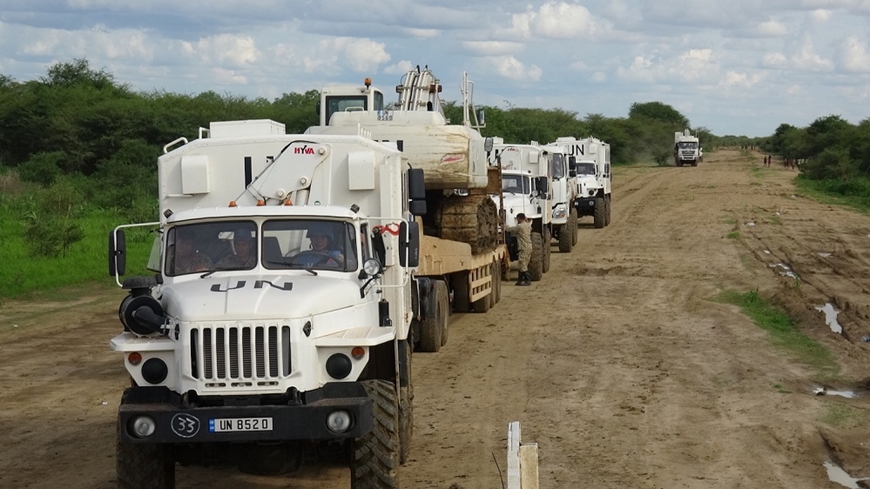 |
| The rescue convoy of the Vietnam Engineering Team moved to the scene. |
The United Nations Security Agency urgently informed the UNISFA Mission Commander about the stranded convoy and the rescue plan, and asked the Vietnamese Engineering Unit for advice, as the Vietnamese Engineering Team No. 1 was the last line of the rescue operation.
Rescue plans were quickly put forward after an urgent meeting between the Command Board of the Vietnam Engineer Corps and the commanders of the squads. The reconnaissance team led by Major Nguyen Van Tu, Deputy Team Leader, set off the next day to the scene of the stranded convoy, make a preliminary assessment of the situation, and report back for the rescue team to depart. All preparations had been completed beforehand, especially ensuring communications, weapons, technology, and logistics.
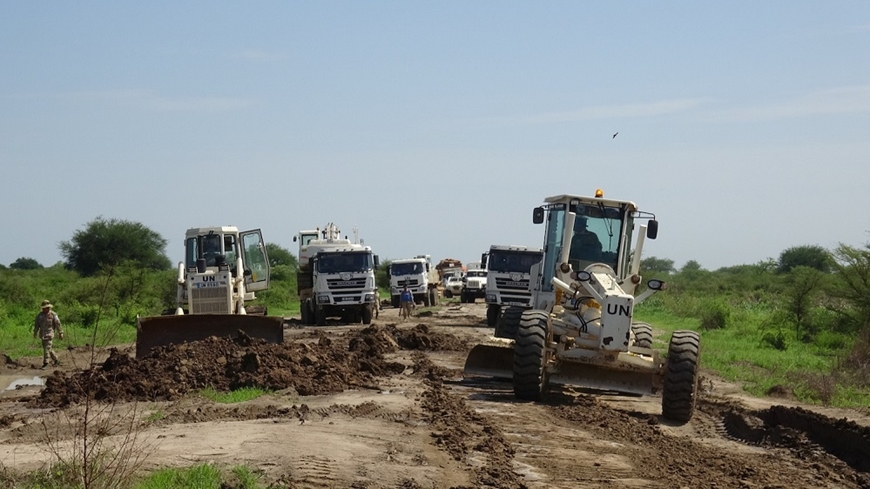 |
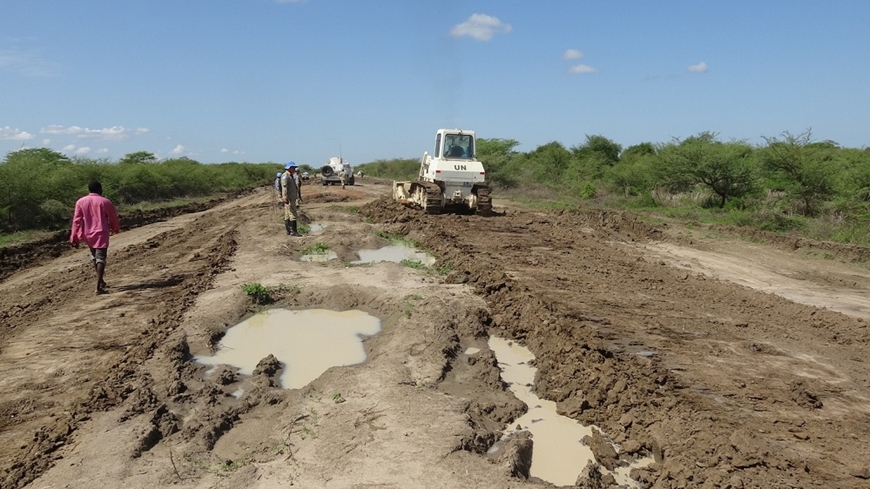 |
| Leveling creates a lane for stuck vehicles to move on their own. |
When the reconnaissance team reached the checkpoint of the South Sudanese Army, they encountered obstacles because this force had not received information about the rescue team of the Vietnamese Engineer Team, so they did not let them pass. Although geographically this area belongs to the Abyei Special Administrative Region, under the management of the United Nations, in reality the South Sudanese Army still controls it. They set up a checkpoint at Km27 and did not allow the UNISFA peacekeeping force to pass through unless they were notified in advance and approved.
It took more than an hour of negotiation before the South Sudanese Army agreed, but only allowed one group to pass, meaning that if the reconnaissance team went, the rescue team would not. Faced with that situation, the unit quickly deployed a rescue team, led by Colonel Mac Duc Trong, the Team Leader, to urgently move to the scene.
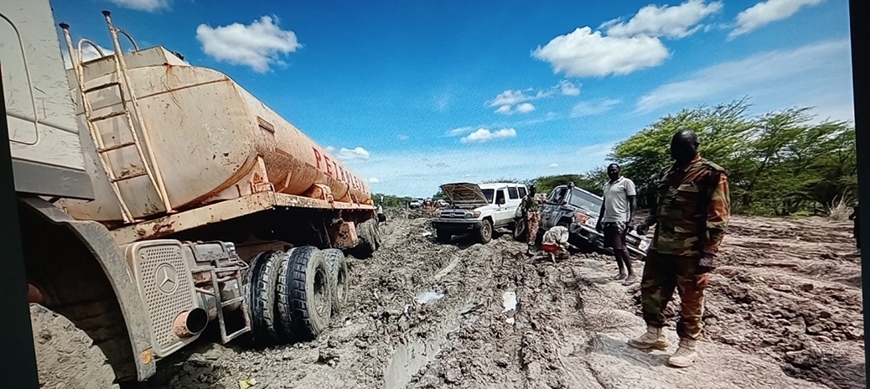 |
| The tanker truck tilted and got stuck. |
When the group arrived, a chaotic scene appeared before their eyes. The traffic jam stretched for 2km. Dozens of vehicles of all kinds, mainly cargo trucks, were stuck, one blocking the other, submerged in mud and soft soil, forming a mess.
When the Vietnamese Engineers rescue team arrived, the drivers and locals were surprised, not knowing what they were doing, as this was the first time the UNISFA Mission had conducted a rescue operation in the area. After the Vietnamese troops deployed their equipment to the scene, they understood and were happy after days of seemingly hopeless thinking that they would be stuck here for a long time.
Right at the scene, racing against time, the command board quickly met to agree on a rescue plan, ensure security, and assign tasks in the most scientific way possible. Otherwise, when it gets dark, the implementation of the mission will be much more difficult due to the cramped area, muddy and slippery dirt roads, and if not managed well, it will lead to safety risks.
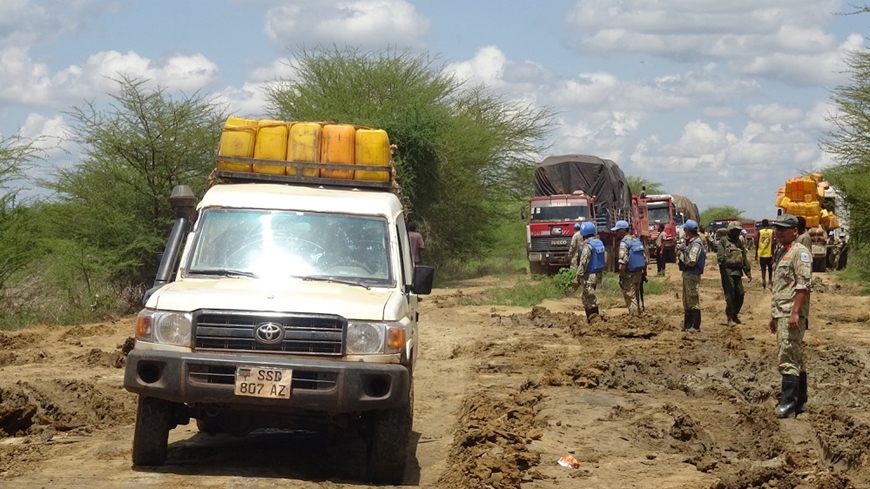 |
| Rescue operations were carried out urgently in a race against time. |
By 4:30 p.m., more than 40 vehicles had been rescued. The engineering team decided to withdraw to avoid the darkness or the coming rain, which could also cause the rescue vehicles to get stuck, as tractor-trailers were not designed to travel on bad roads.
Thus, on the first day of rescue, only one UN fuel truck out of 27 needed to be brought to Abyei was freed. Drivers said that there was another stuck spot 2km to the south and many fuel tankers were there. But to ensure safety, the Engineer Team Commander decided to stop the first day of rescue and continue the work the next day.
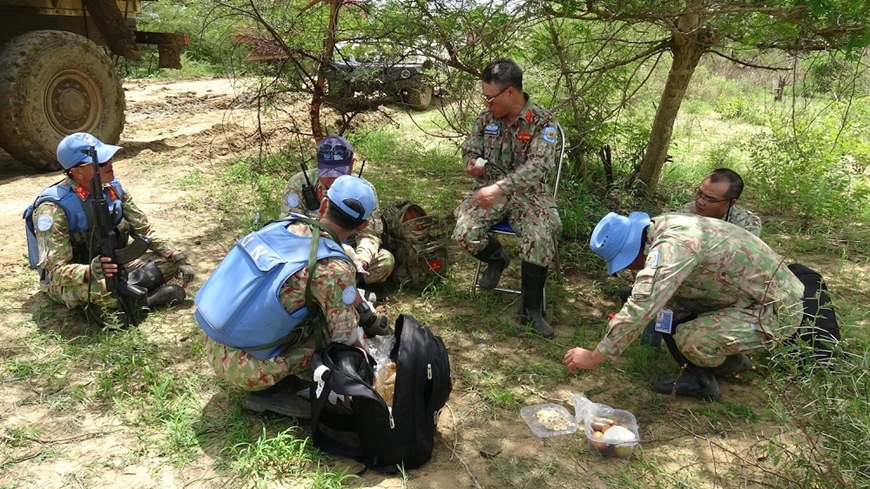 |
 |
| Field meal of Vietnam Engineer Corps at the scene of the mission. |
On the second day of the mission, the rescue method was changed with some additional equipment and vehicles such as 2 bulldozers, 1 bulldozer, etc. The new method was to create a lane for the vehicles to move on their own, only damaged or stuck vehicles had to be towed. At that time, our troops only regulated traffic to avoid collisions between vehicles, so the rescue time was shortened. With the new method, when the troops finished their field lunch, all the vehicles were freed from the swampy area. Notably, all the UN fuel tankers, after being towed, moved safely back to the mission.
The field lunch of the Engineers right at the scene was also very creative after many experiences. If the whole group had eaten together in this situation, it would not have been reasonable because the vehicles were in one place, the people were in another place, and the food was in another place, which would have been very inconvenient. During this mission, the logistics department distributed the food to each person. The comrades would bring their own food and take advantage of their free time to proactively eat at the mission location, including in the cabin, the truck bed, or the ground under the thorn trees...
In this mission, the Vietnam Engineer Team rescued a total of 36 tankers and more than 100 cargo vehicles of local people. The entire rescue team returned to the barracks in absolute safety of both personnel and equipment. With a sense of responsibility and creativity in work, the Vietnam Engineer team successfully completed the mission in record time. The recognition and appreciation of the commander and colleagues at the mission, and the gratitude of the local people, have given great motivation for the Vietnam Engineer soldiers to continue to strive to perform well the tasks that will certainly have many difficulties ahead.
Source: https://www.qdnd.vn/quoc-te/doi-ngoai-quoc-phong/cuoc-giai-cuu-dac-biet-cua-doi-cong-binh-viet-nam-o-abyei-732394
Source link






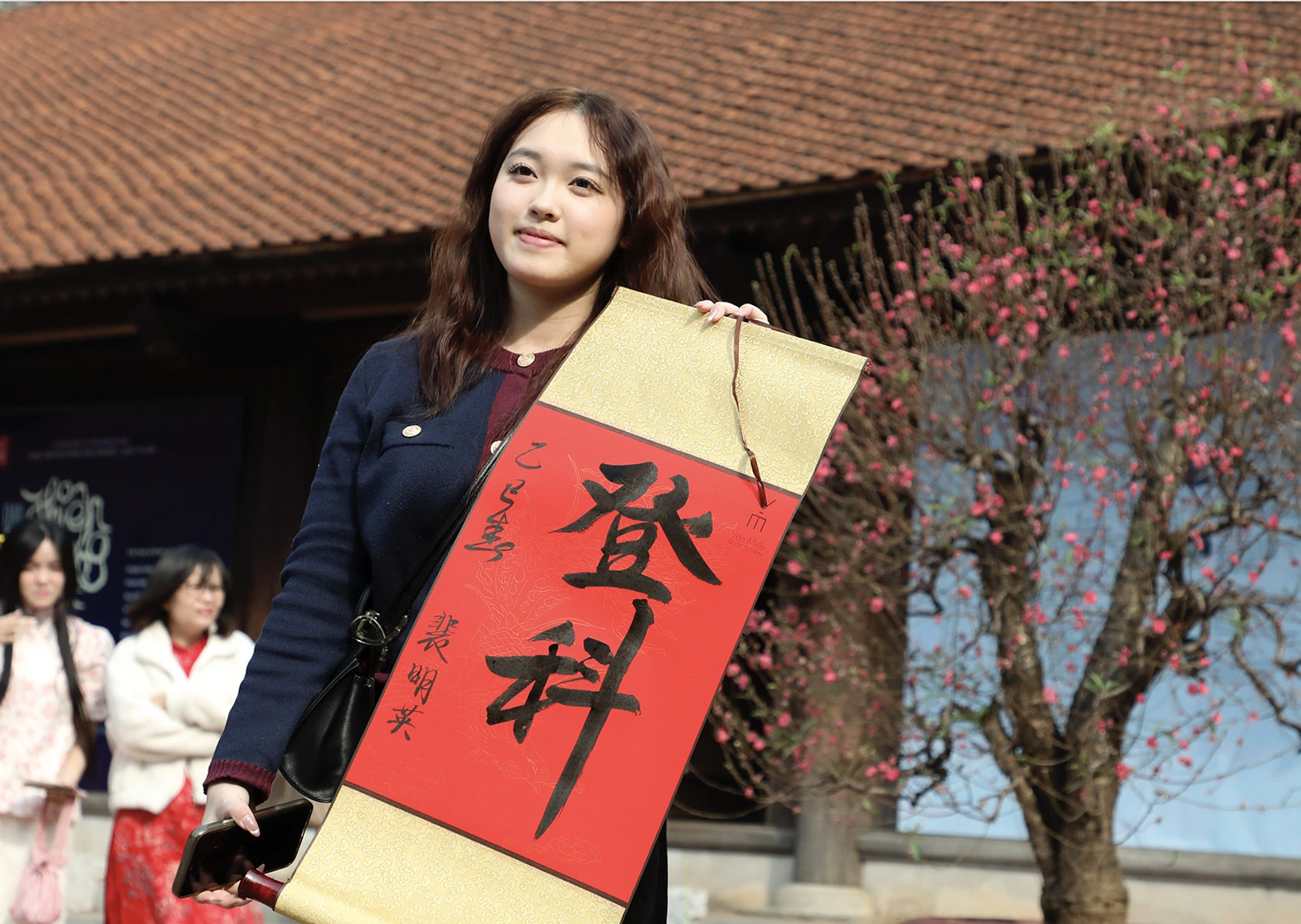















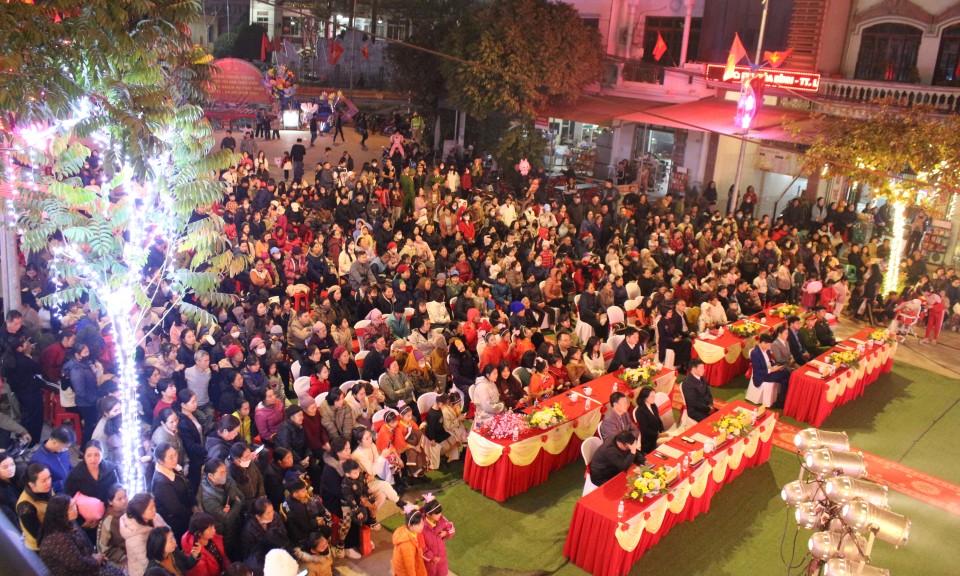
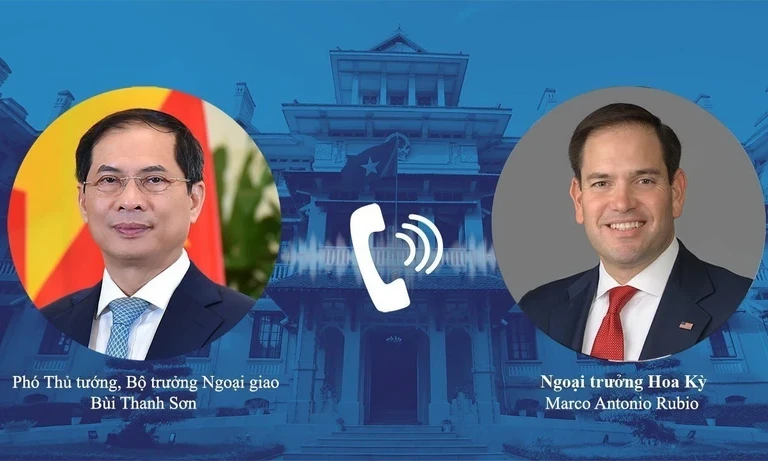
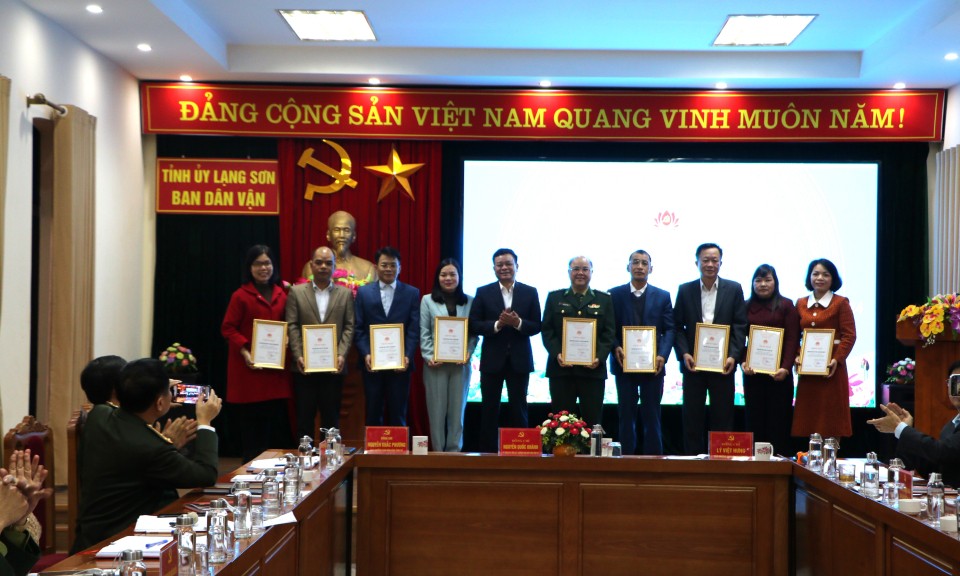
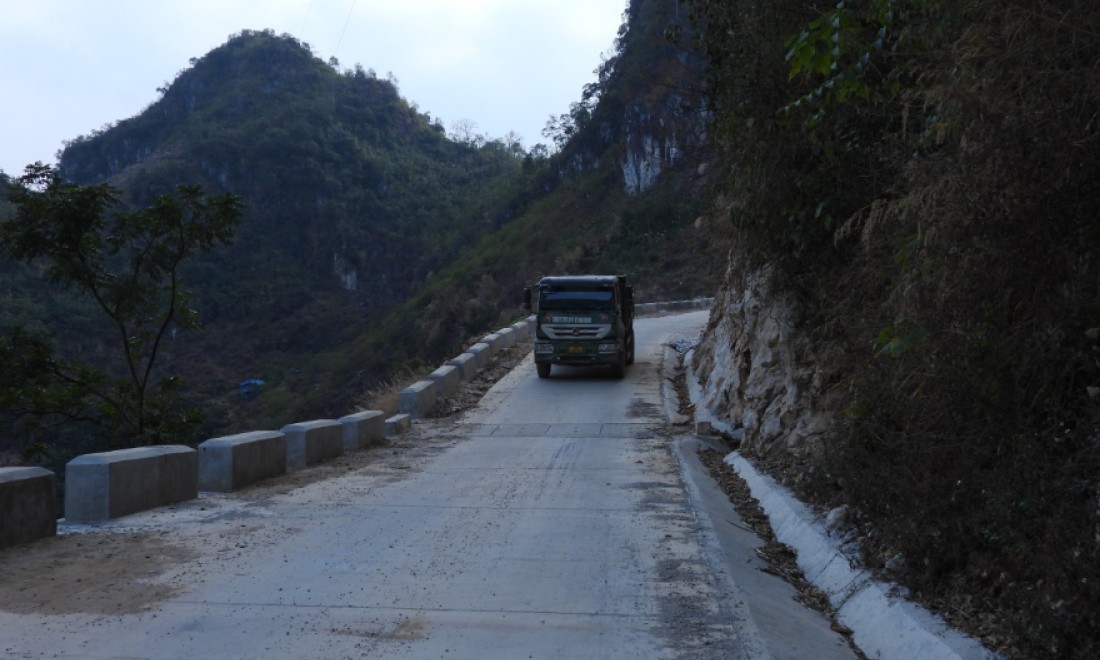
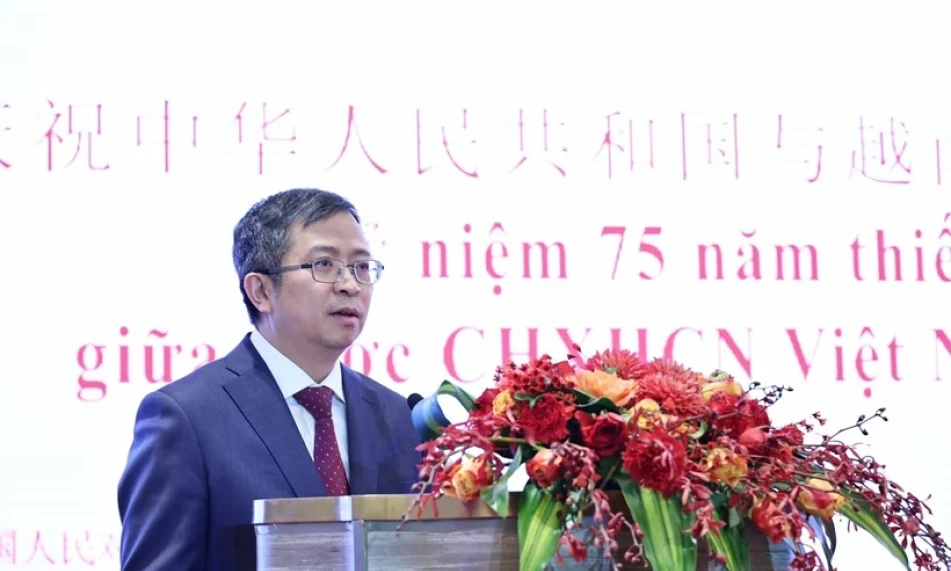
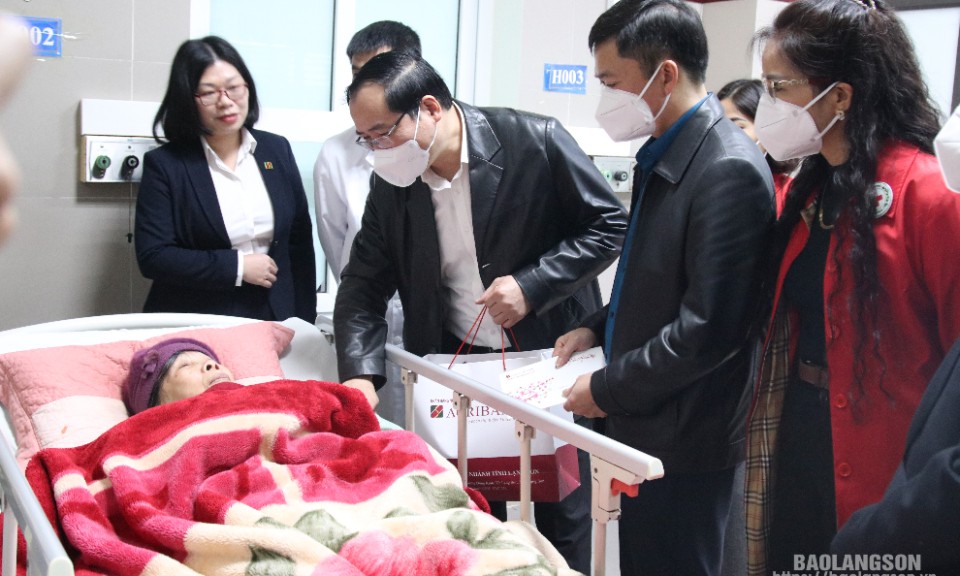

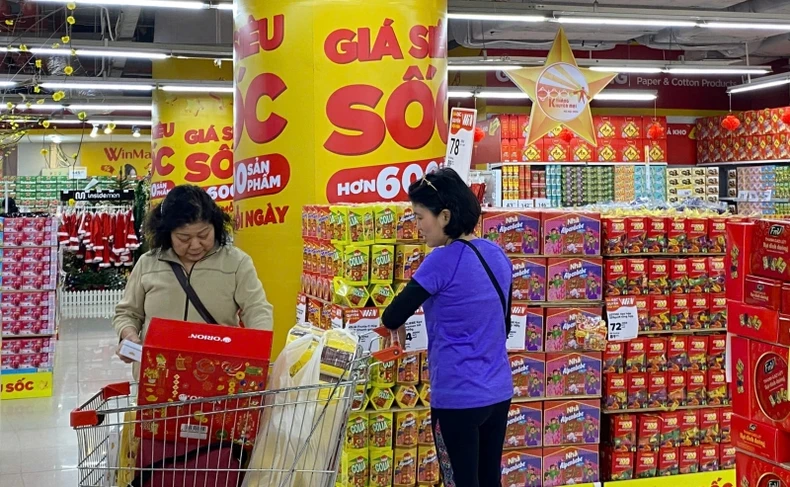
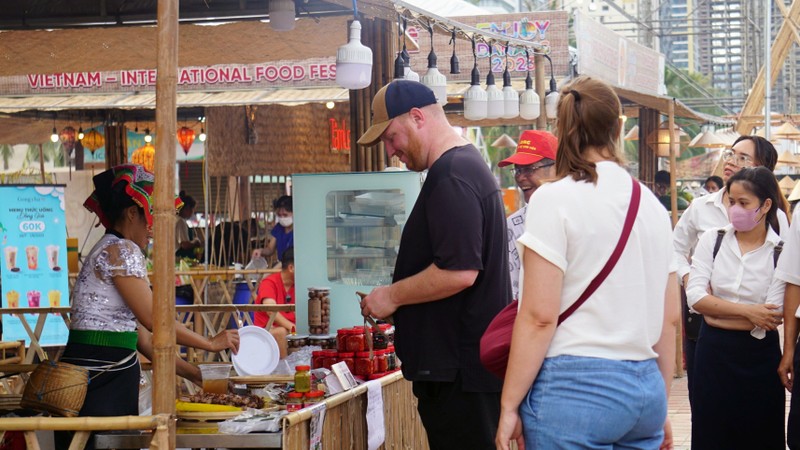
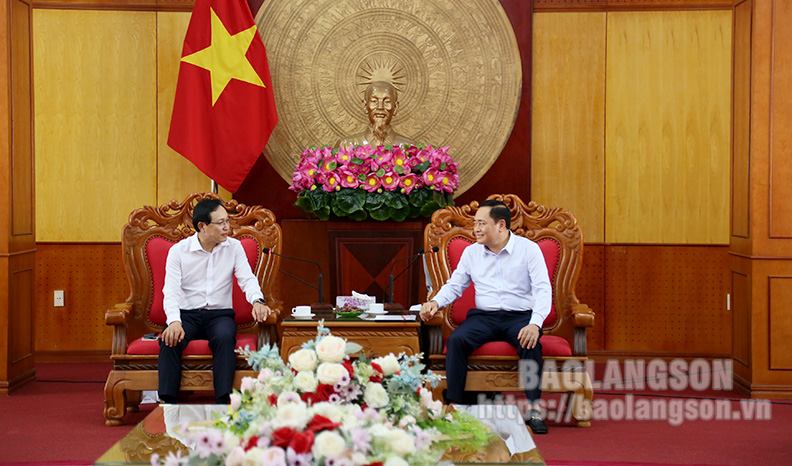
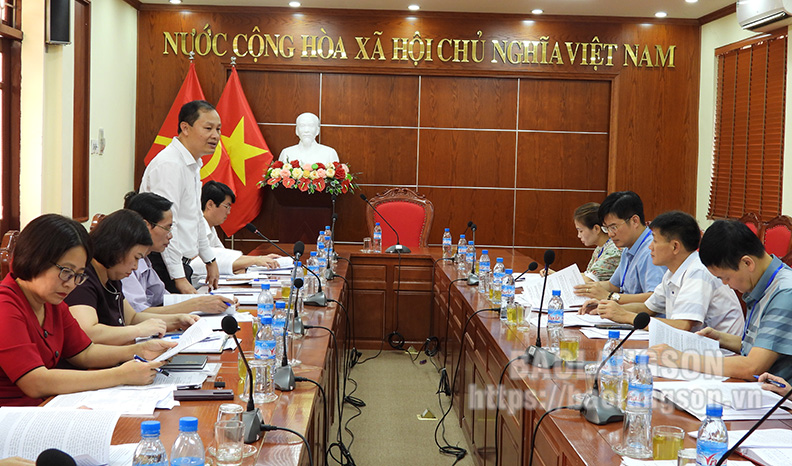
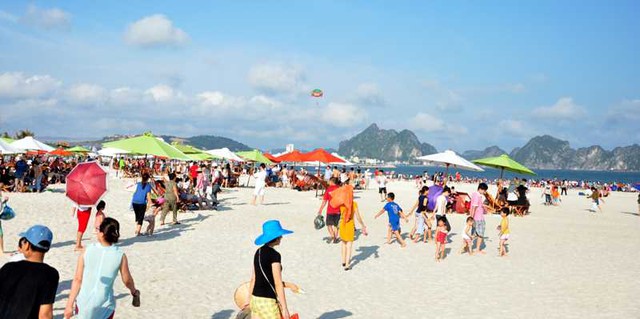

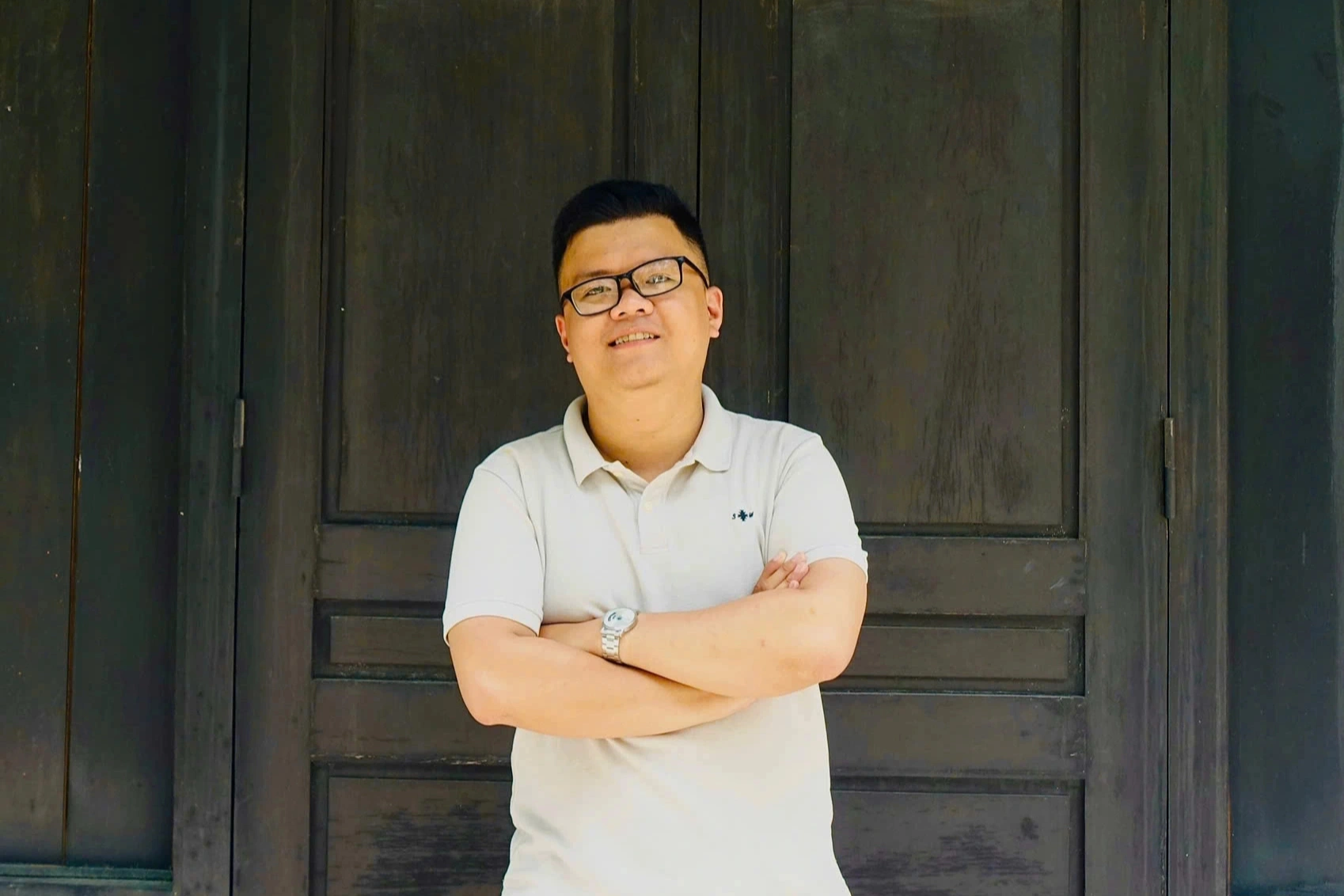

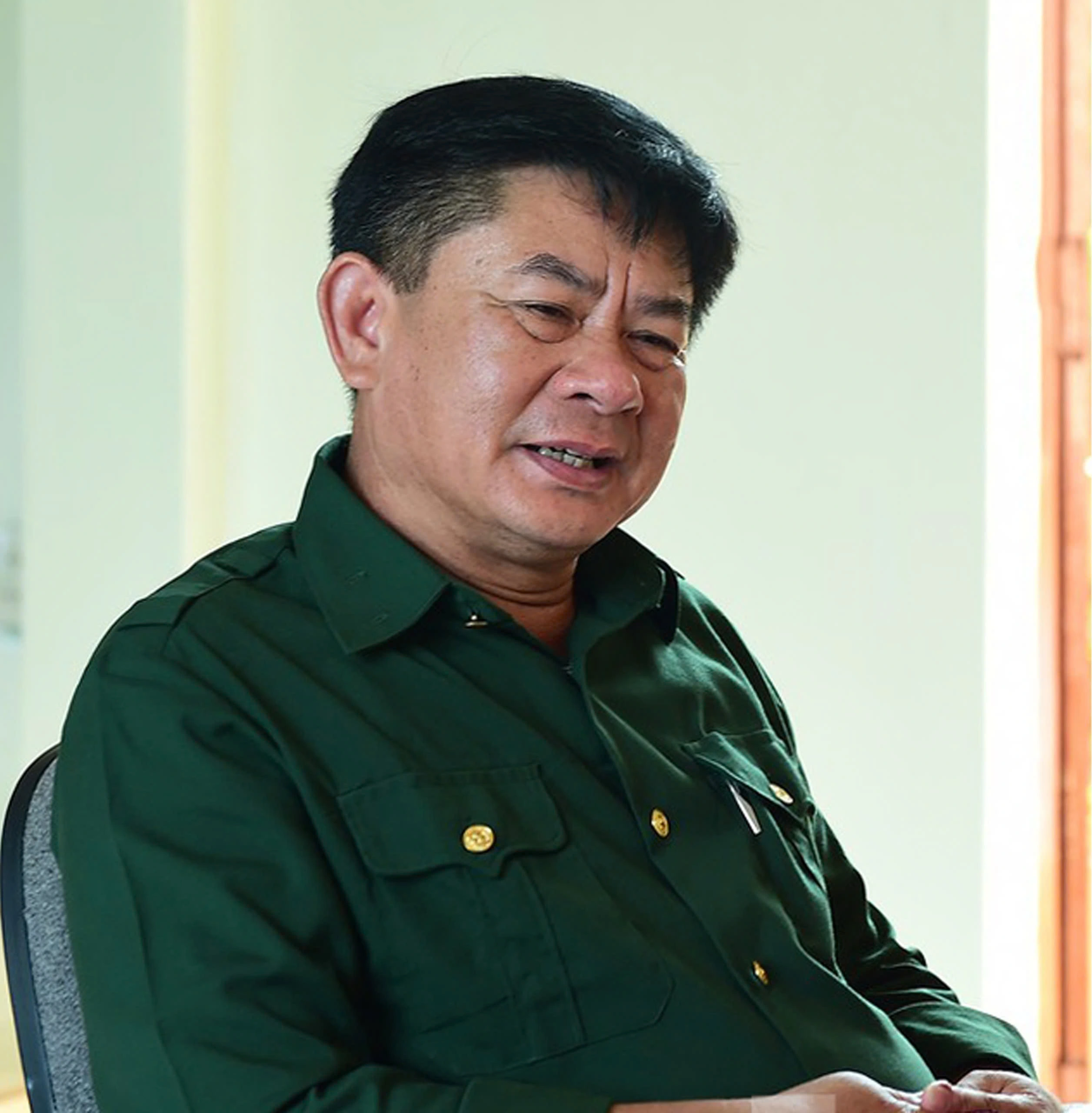

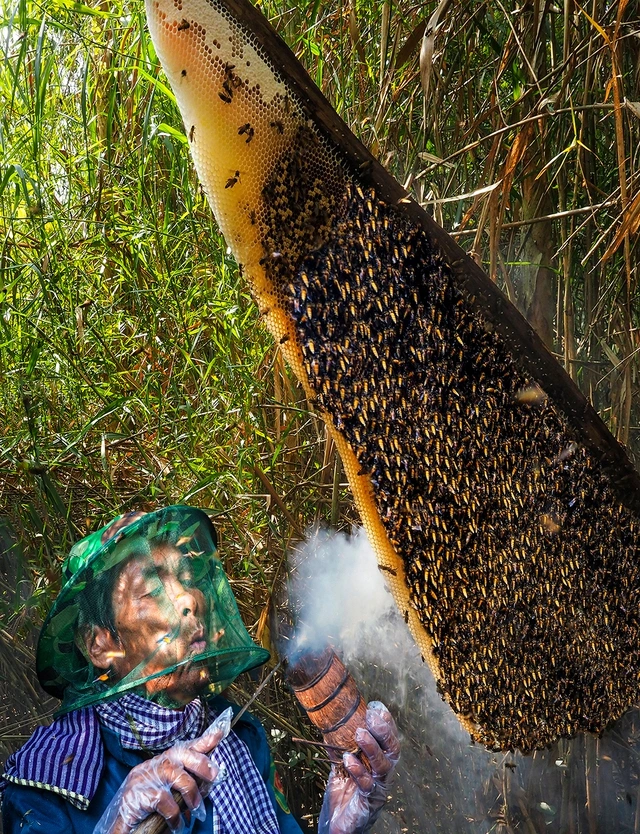


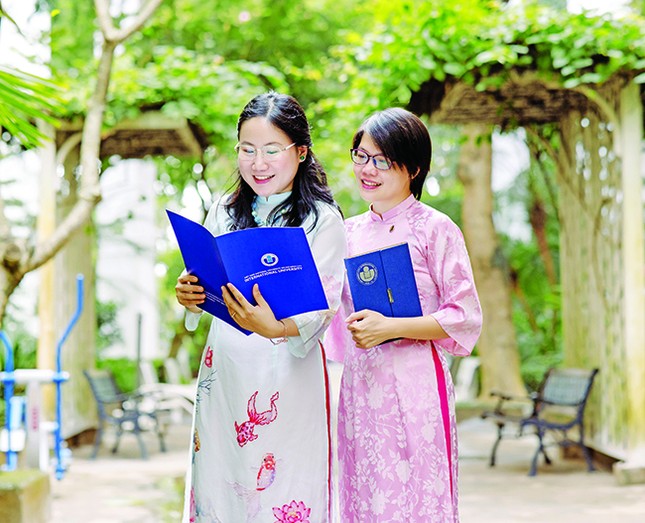
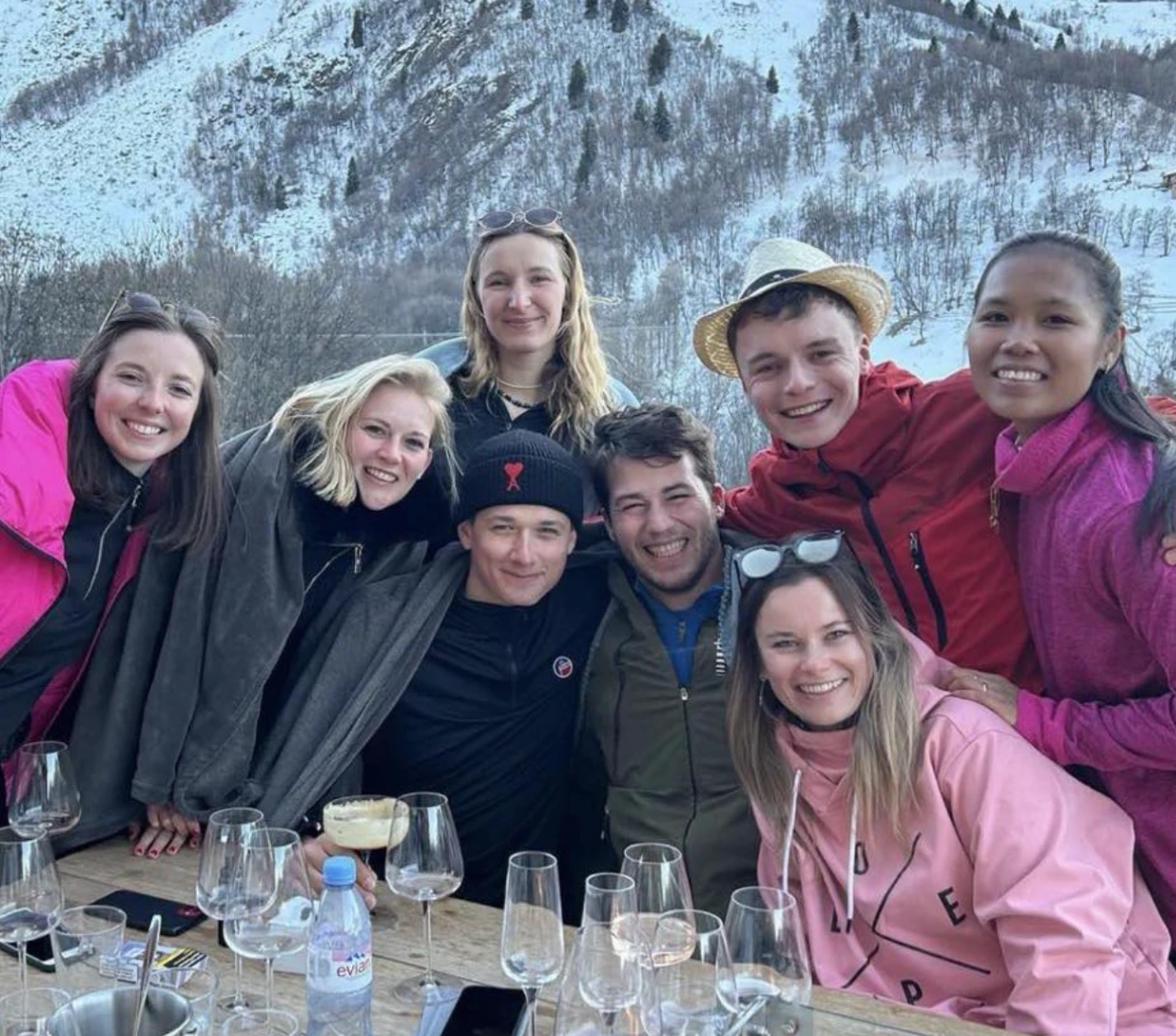




Comment (0)